The most iconic horror movie villains deliver thrills and chills, but they also cut much deeper to reflect collective fears and humanity.
Though the genre has its share of detractors who consider horror films to be lacking substance, great horror has always been intelligent, meaningful, and about something more than just body counts and brutality. Pick any great horror classic, and it’s almost guaranteed that you’ll find plenty of deeper themes and messages well worth exploring and discussing.
Horror’s most memorable villains are ones who represent something powerful, universal, and undeniable about human nature — and the nature of fear itself.
As a result, horror is often given a place of honor on college campuses, with many professors using genre films to explore important topics and offer meaningful sociopolitical context. Of course, horror movies are also a staple of college culture, offering an adrenaline-pumping escape from the rigors of academic life. Iconic villains often transcend the screen to influence fashion, language, and even philosophy in college settings.
This article delves into ten iconic horror movie villains who have made a lasting impact on popular culture and simultaneously offer considerable fodder for intellectual discourse, academic analysis, and thought-provoking exploration.
1. Freddy Krueger – A Nightmare on Elm Street
With his burned face and razor-fingered glove, Freddy Krueger symbolizes the inescapable terror that lurks in dreams. His character has sparked discussions in psychology and film classes about the nature of fear and the subconscious.
According to Robert Englund, the horror icon who helped make Krueger a household name with his unforgettable portrayal, the film has a much deeper subtext than just being one of the best and most enduring slashers of the 80s.
It’s meant to explore the idea of neglect, particularly that suffered by children. Krueger has many parallels to the Shadow in Carl Jung’s ideas and the unconscious in Freud’s work. He’s a monster that symbolizes our deepest fears and the kind of personal truths and trauma that we try to repress in our waking lives.
College Halloween parties often see students donning the iconic striped sweater and fedora, paying homage to this nightmarish figure who, like the character himself, never seems to leave our collective conscience.
Many students also choose this persona to write essays about, as it allows them to analyze its peculiar psyche.
If you need help with such a paper, use TrustMyPaper to buy custom research paper assistance. This company works tirelessly to improve student performance.
2. Jason Voorhees – Friday the 13th
Jason Voorhees, known for his hockey mask and machete, is a figure that has permeated college culture, especially on Friday the 13th celebrations. His character has become a symbol of indestructibility and relentless pursuit, often referenced in pop culture discussions.
Jason Voorhees wears a hockey mask to hide his facial deformities. The character’s mask was created by molding a Fibrosport-style Detroit Red Wings Goaltender mask. That mask, which didn’t actually appear until Part 3 in the franchise (watch the iconic scene here), has become a seminal symbol instantly associated with and intrinsically linked to the franchise.
It’s also seen as a symbol that extends far beyond the film and the Voorhees character.
Jason’s mask is associated with fear and horror itself, as well as a spirit of rebellion and the refusal to conform to societal norms — making it especially potent on college campuses.
The mask further became a symbol of counter-culture and anti-establishment independence when the popular Detroit rapper Eminem adopted the symbol.
3. Michael Myers – Halloween
The stoic, unstoppable force of Michael Myers has not only set the standard for slasher films but has also found its way into various aspects of college culture. His featureless mask and silent demeanor have been subjects of intrigue in film studies. Michael’s presence is heavily felt during Halloween festivities on campus, with his costume being a go-to choice for many.
More than perhaps any other character on this list, Michael Myers is most associated with pure evil and, therefore, often represents the nature of evil and our universal human fear that we all possesses the capacity for evil; it lives inside us.
Because Michael Myers is, as John Carpenter describes him, “almost a supernatural force — a force of nature that is unkillable,” he is a symbol of the enduring nature of man’s darkness and capacity to commit great horrors.
He represents man’s inhumanity to man and the often senseless violence that plagues our society. Therefore, he’s often used to explore the “why” behind many of history’s greatest atrocities and how it is that history so often repeats itself.
Michael Myers — often referred to as The Shape or the Boogeyman — is a compelling character that literature students are often inspired by when writing their horror stories. Few characters elicit so much genuine and timeless terror, and few have had such an impact on helping shape modern horror and what we expect from our screen nightmares.
If you are eager for tips on horror story writing, you could check here.
4. Leatherface – “The Texas Chainsaw Massacre”
Leatherface, with his gruesome mask made of human skin, his imposing stature, and his chilling chainsaw, is an icon of horror brutality.
This character has inspired discussions on psychological and societal breakdowns in various college courses. Leatherface costumes and props are popular in horror-themed college events, symbolizing raw, unbridled terror.
The Texas Chainsaw Massacre was famously billed as “based on a true story.” Though it was only loosely inspired by notorious serial killer and graverobber Ed Gein (the same real-life ghoul who inspired another character on this list, Norman Bates of Psycho), the perceived authenticity of the gruesome events depicted onscreen added to the harrowing experience of watching it.
Surprisingly restrained by today’s standards, director Tobe Hooper was a master of exploiting a viewer’s imagination and making you feel as if what you were witnessing was far more intense and brutal than what was actually shown.
In addition to being a portrayal of genuine madness and psychopathy, the film has layers upon layers that make it rife for academic discussion and analysis.
Hooper described it as an allegory for the Vietnam War and the disillusionment many felt during the ’70s in the face of such senseless violence and political-societal turmoil. It’s also been viewed as an anti-capitalist representation of rural America lashing out against the industrial society, a treaty in defense of vegetarianism, a reflection of the financial stress of the times, a mourning of the young casualties of the war, and a critique of gentrification and the dark side of American conservatism.
5. Pennywise – It
Pennywise the Dancing Clown, from Stephen King’s “It,” terrifies not just with his appearance but also through his ability to exploit individual fears. He has become a subject in literary and film courses, analyzing King’s narrative techniques and the portrayal of fear.
It deals with many themes that are recurrent in King’s works, including the power of memory, the impact of childhood trauma and its lasting effects, the malevolence lurking beneath the shiny veneer of small-town America, and the triumph of the human spirit.
Pennywise, one of modern horror’s greatest monsters, is often interpreted as a symbol of fear and the unknown. He represents childhood innocence corrupted. King brilliantly takes something meant to represent childhood joy and wonder (a clown) and twists it into something truly terrifying and nightmare-inducing.
Pennywise represents the deep-seated fears that people harbor and how those fears can manifest in various forms — making us consider what we fear and why and examine the deep foundational nature of our trauma-based fears and aversions.
Pennywise resurfaces once every 27 years to wreak havoc, just enough time for collective amnesia to set in and a new generation to gloss over and sweep the horrors under the rug. In this way, Pennywise represents the frightening way we readily forget the sins of the past, dooming ourselves to repeat them.
6. Hannibal Lecter – The Silence of the Lambs
Hannibal Lecter, the cannibalistic psychiatrist, is often discussed in criminal psychology and forensic science courses, examining his sophisticated yet twisted mind. Like all the films on this list and most of the genre’s most memorable and impactful pieces of celluloid, The Silence of the Lambs is about so much more than meets the eye.
The phrase “silence of the lambs” is used as a metaphor in the film and speaks to one of this masterwork’s overarching themes. It represents the vulnerability and quietness of the story’s victims, as well as the hidden nature of the danger they face. It alludes to silence in the face of horror or evil and the implications and ramifications of allowing evil to exist — even if you don’t participate in the evil.
The film itself is an exploration of good vs. evil and the thin — sometimes razor-thin — line that separates the two.
While the book the influential film was based on, The Silence of the Lambs by Thomas Harris, was not the first book by Harris to feature the now-iconic Hannibal Lecter, it was the book that made the character famous. Harris’ novel is about fear, intelligence, and the power of perspective.
Lecter, the brilliant madman, represents the fear of the average person who may be harboring great evil or the capacity for evil. He challenges our ideas of good and evil because he evokes both empathy and fear. We are both repulsed by him and drawn in by his charm, cunning, and captivating mind. Cultured and well-educated, he subverts all our ideas about what it means to be a killer and who or what we are taught to fear.
Silence has also been hailed as a feminist work, and Todd Boyd, a professor at USC’s School of Cinematic Arts, teaches the film as a retelling of the role that class plays in defining the American dream.
7. Jigsaw – Saw
The Jigsaw Killer (aka John Kramer), known for his intricate and moralistic games, brought a psychological twist to horror. His character is discussed in ethics and philosophy classes, debating the nature of justice and punishment.
Saw is often interpreted as a commentary on the value of life and the consequences of our choices. The film raises questions about morality, justice, and the human will to live. It also explores the Darwinian concept of survival and the innate human drive to endure at all costs. It also deals with themes of retribution and redemption.
John Kramer is one of the most complex and sympathetic killers in all of horror. He has a tragic — and very human — origin story, making it easy to root for him and care about his plight, even at his most diabolical.
Though he clearly engages in villainous behavior, he doesn’t kill for sport, for thrills, or for a sense of power. He kills with purpose; he’s a man on a mission. His moral code may be seriously questionable at best, and his logic severely flawed, but he is a man who truly believes he is on the side of justice and morality. John believes his traps, though grotesque and cruel, are part of a noble pursuit in which he “helps” people discover a newfound appreciation for life and a renewed passion for living.
As a result, Kramer-Jigsaw offers much in the way of debate and intellectual discourse about the subjective versus objective nature of morality and the role intent plays in assessing wrongdoing.
He also offers much to discuss regarding the inherent value of life versus the perceived value of how life is lived and the idea of free will and choice (or the illusion of choice) versus fate and circumstance.
8. Ghostface – Scream
Ghostface, from the game-changing Scream series, revitalized the slasher genre in the 90s with a clever and innovative blend of horror and satire. This character is often discussed in media studies, examining its commentary on horror film clichés.
The instantly recognizable Ghostface mask is based on a vinyl Halloween mask once sold as a Father Death costume. The mask is inspired by Edvard Munch’s painting The Scream, as well as the ghostly characters from the 1930s “Betty Boop” cartoons and characters on the cover of the Pink Floyd album The Wall.
Like many of the horror icons on this list, Ghostface represents fear of death, but the character is something more profound and deeply unnerving than that.
It’s not just fear of death; it’s fear of betrayal and the knowledge that the greatest threat may be just around the corner. The biggest enemy could be someone you know, even someone you love.
It’s the fear of the “call coming from inside the house” — the knowledge that we are never really safe, no matter where we are or who we are with. Safety is always an illusion. The fact that Ghostface can be anyone makes him that much more formidable and terrifying. When there’s no one to trust and nowhere to hide, what you are left with is the essence of fear and, in a very real sense, the essence of what it means to be human and vulnerable.
9. Norman Bates – Psycho
Norman Bates, the seemingly mild-mannered antagonist of “Psycho,” introduced horror fans to psychological complexity. His character is a topic of study in film and psychology courses, analyzing Hitchcock’s approach to suspense and the human psyche. Bates’ persona is often referenced in college discussions about classic cinema and psychological disorders.
Bates is a rare breed in horror; he’s not a monster, a supernatural force, a mindless killer, or a sociopath. He is a man — often a kind, sensitive, and charming man — with a very real mental illness that causes him to break with reality and commit horrible acts.
Bates has multiple personality disorder or dissociative identity disorder (DID). He’s a product of severe trauma, the son of a mentally ill mom (Norma Bates likely suffered from Borderline Personality Disorder).
As a result of his trauma, he developed an unhealthy co-dependent relationship with his mother. Norman believes his mother is responsible for all the killing he does. His internalized rage over the way his overbearing mother treated him as a child leads to him acting out in extreme and harmful ways.
Psycho, perhaps more than any other film in horror history, offers much to dissect when it comes to mental illness and the effects of trauma.
10. Regan MacNeil – The Exorcist
Regan MacNeil, the possessed child in The Exorcist, represents the intersection of innocence and corruption (innocence lost). Film classes study her terrifying transformation for its groundbreaking effects and narrative. The image of Regan’s possessed character has become emblematic of ultimate horror, often replicated in college theater productions and scare-fests.
Often hailed as one of the greatest horror films of all time, it’s a cinematic treasure that lends itself to endless analysis and interpretation. There’s a reason why people can’t stop talking about this film and why the conversation never gets tired.
The director of the film, the late great William Friedkin, said the film was about the mystery of faith and goodness. A deeply spiritual man, who believed the film to reinforce the power of faith in the face of great horror.
It can also be argued that it’s a film about the battle of faith versus reason, as well as the age-old battle of good versus evil. It also seems to have much to say about a parent’s love and the sacrificial nature of parenting and protecting children. In addition to the agony experienced by Regan’s mother, Chris MacNeil (Ellen Burstyn), Father Karras wears a St. Joseph Medallion, which symbolizes family, fatherhood, and protection.
Some have argued that the film is partly a metaphor for Regan’s sexuality and the perception that an innocent girl blossoming into a worldly woman is inherently sinful, dangerous, and perverted. There’s a lot to unpack about how women and their bodies are viewed in a patriarchal society and in Judeo-Christian religion. Many argue there’s a good reason why most possession victims in movies are young women.
Horror is always about fear, and what we tend to fear most in a patriarchy is a woman coming into her power and transforming from a meek, obedient child into a woman of agency, bodily autonomy, and confident sexuality.


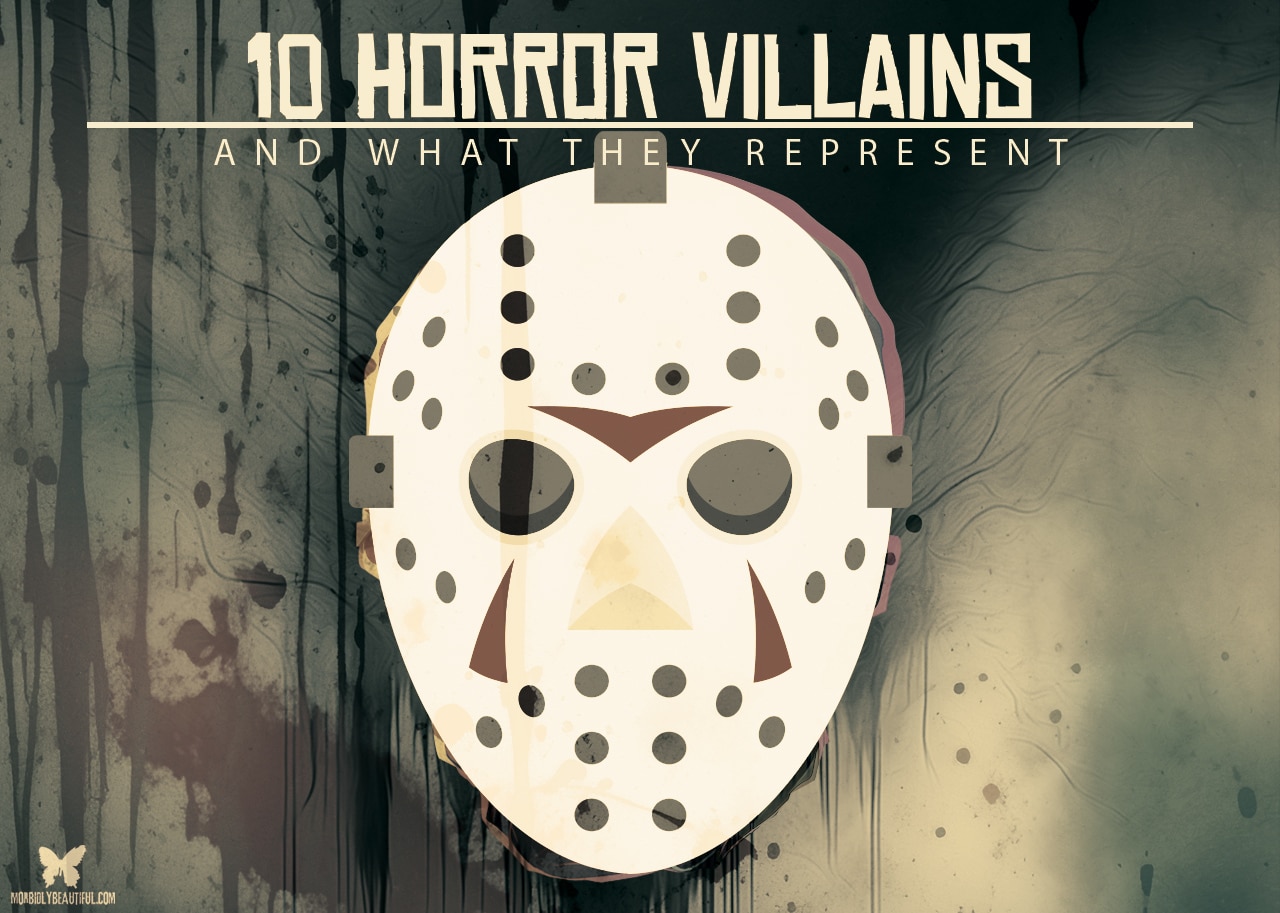

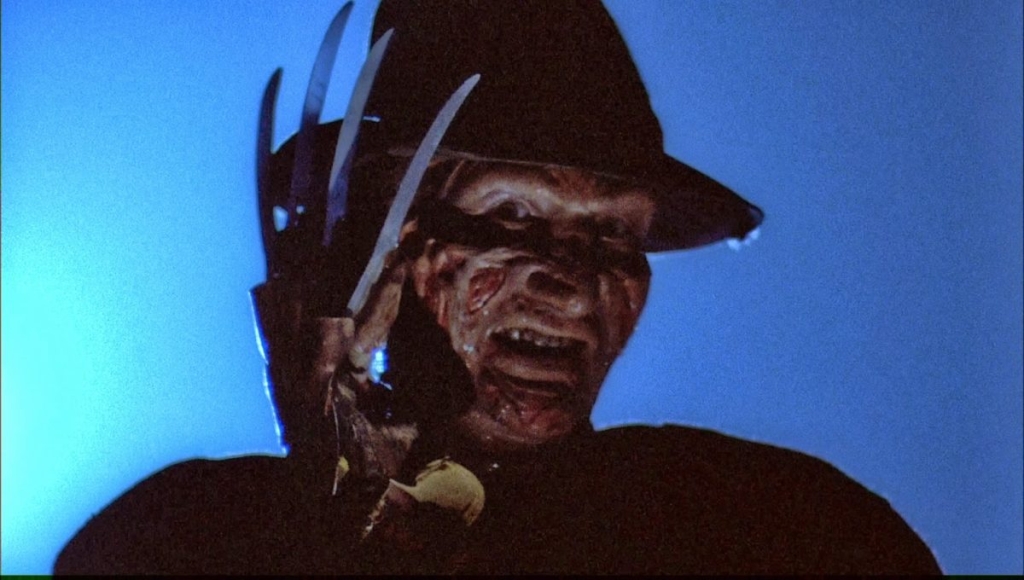
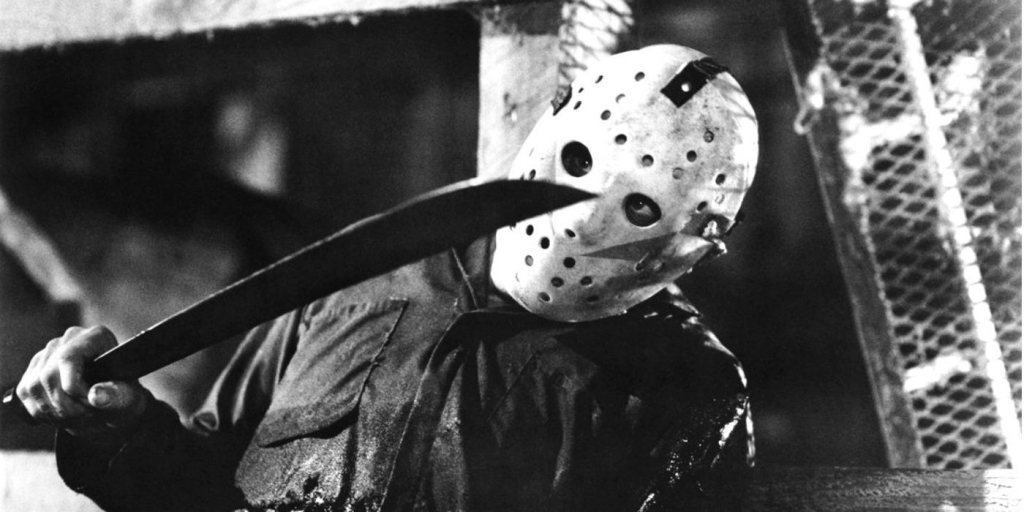
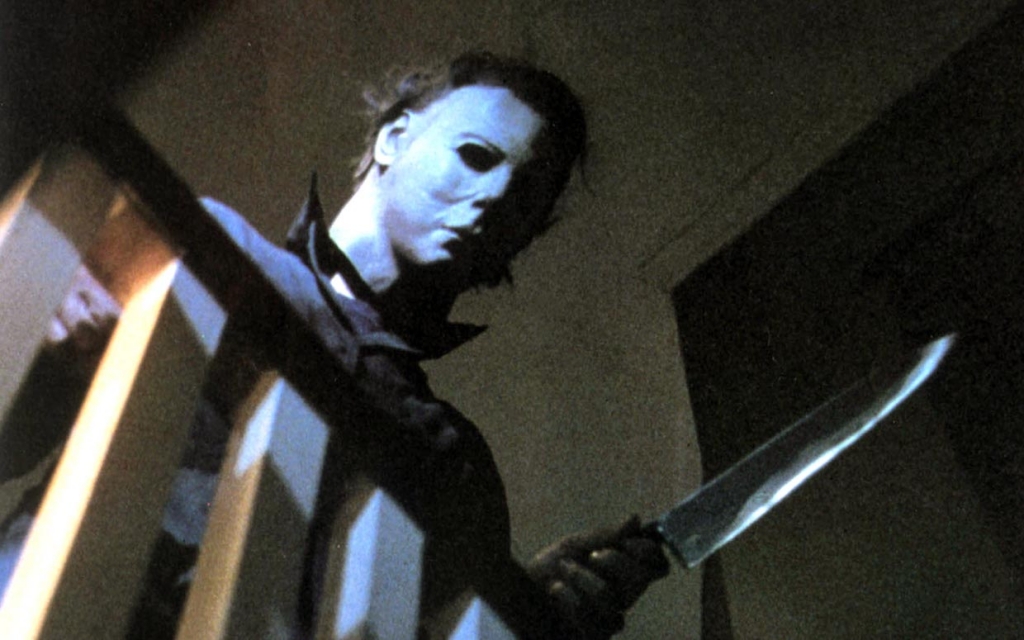
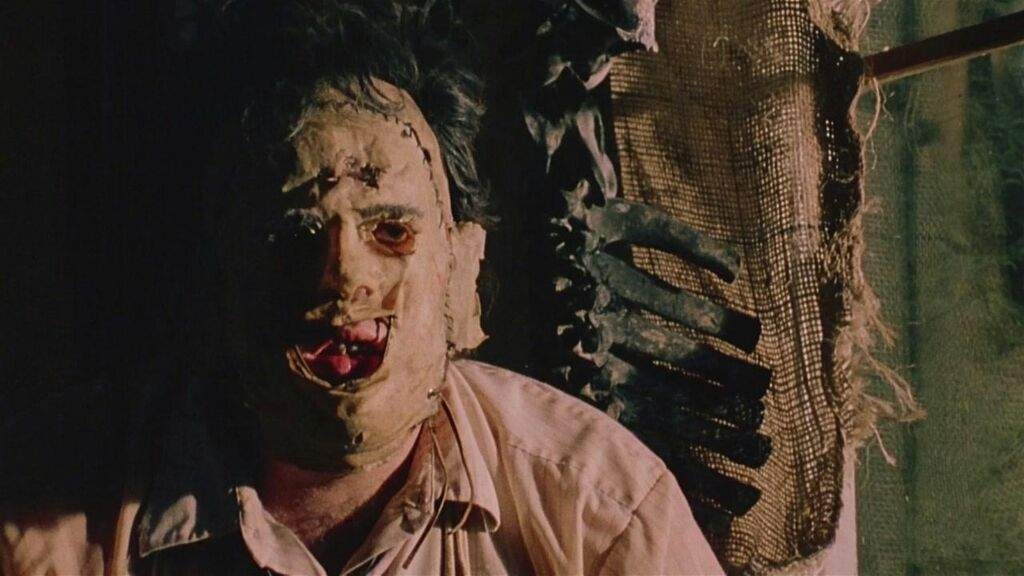
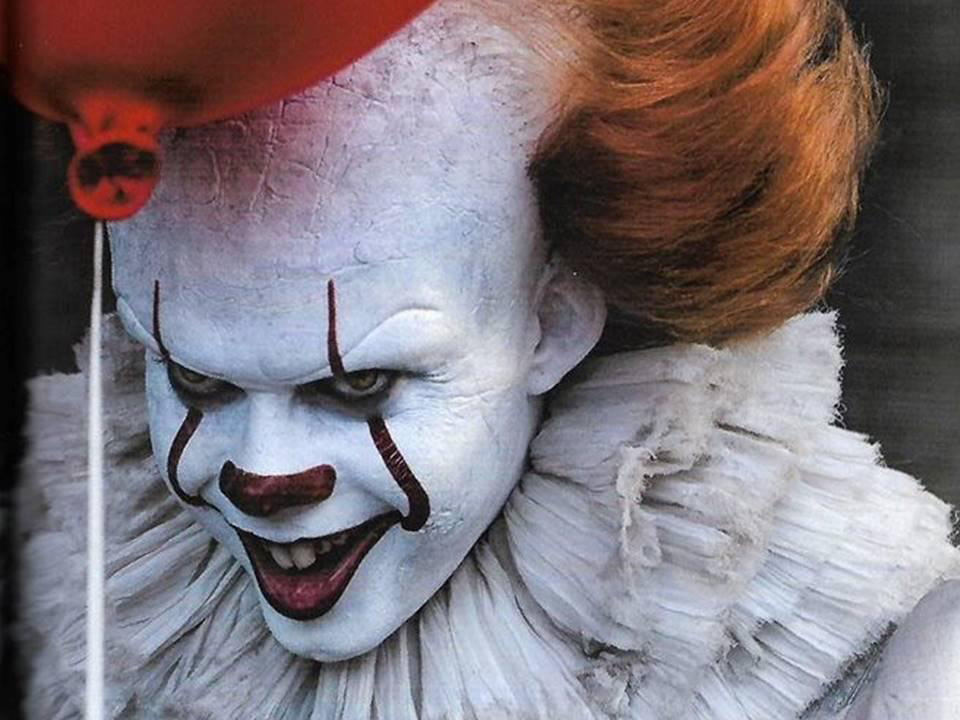
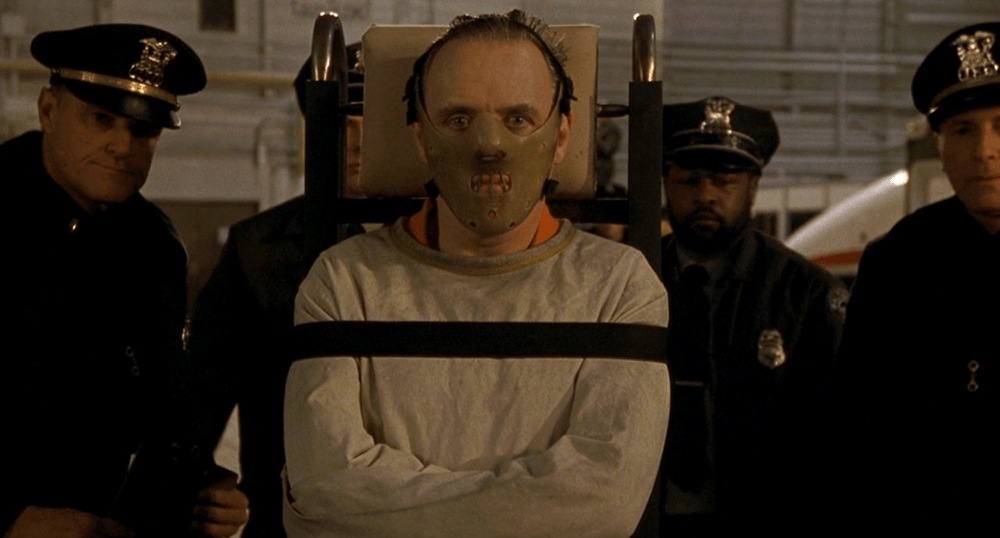
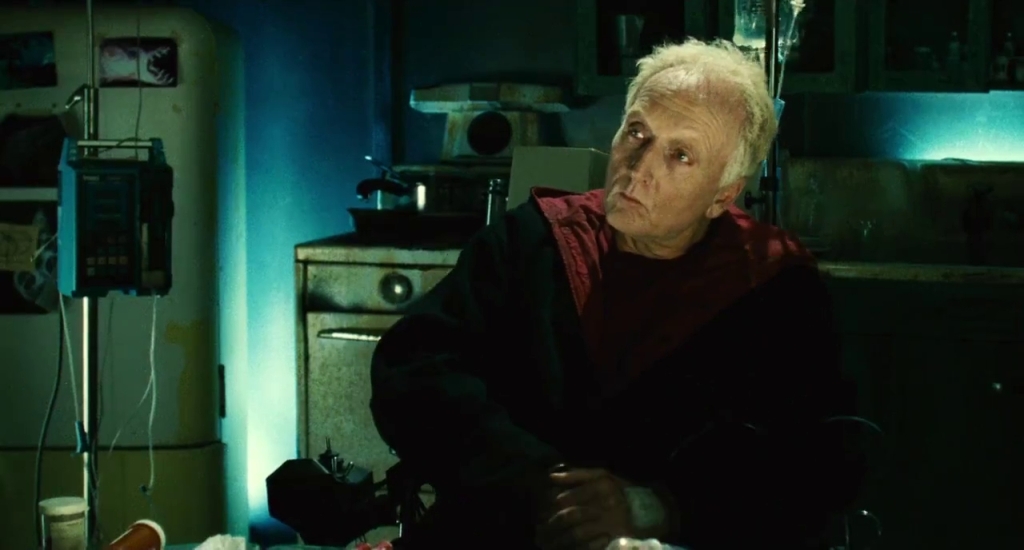
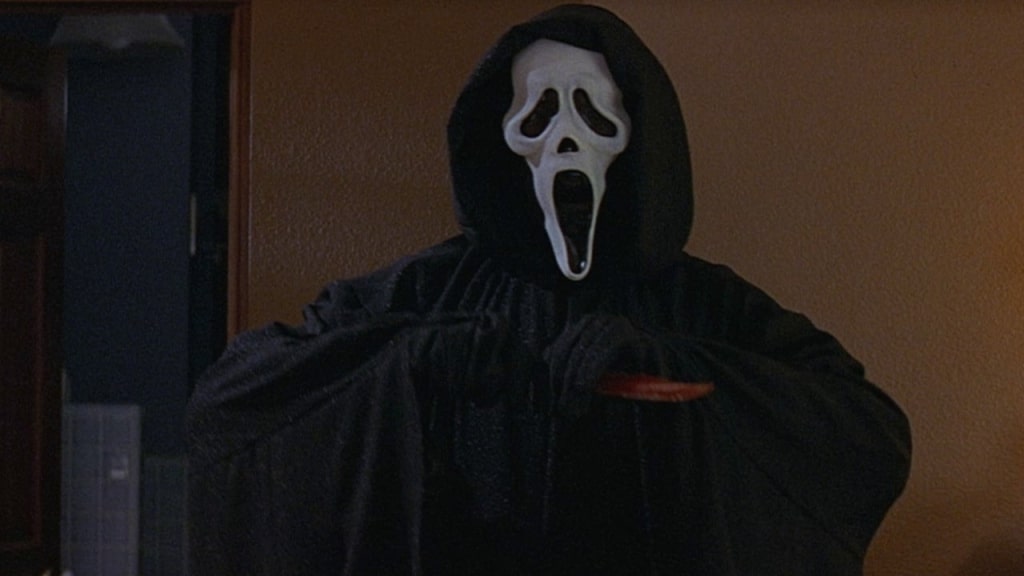
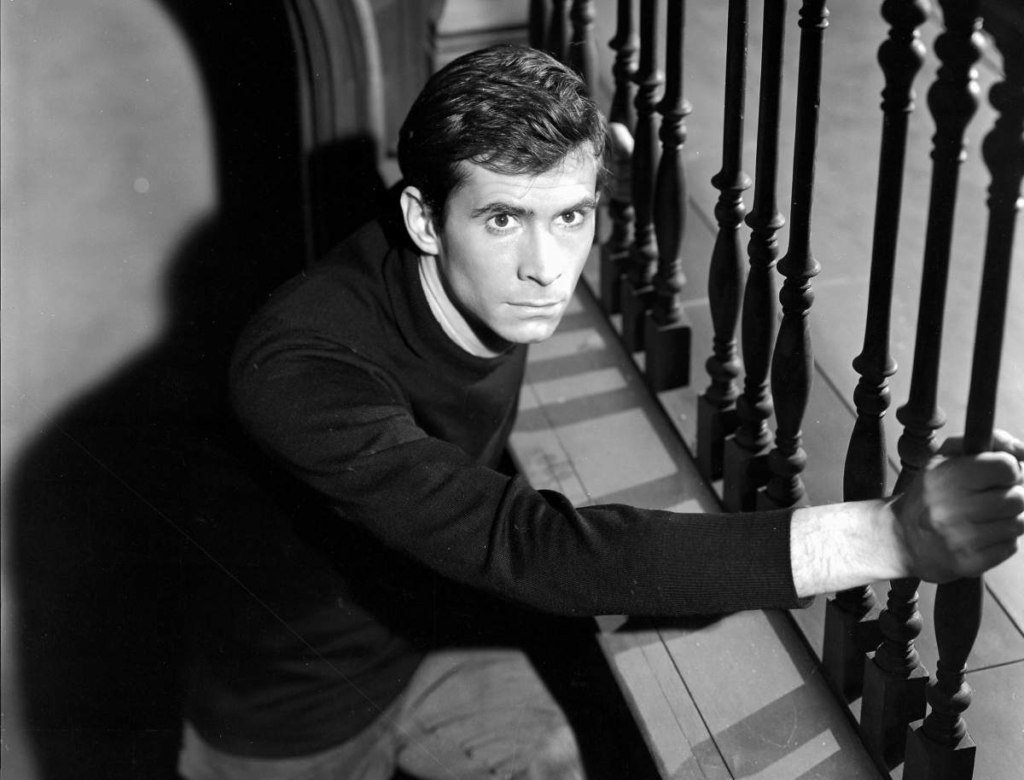
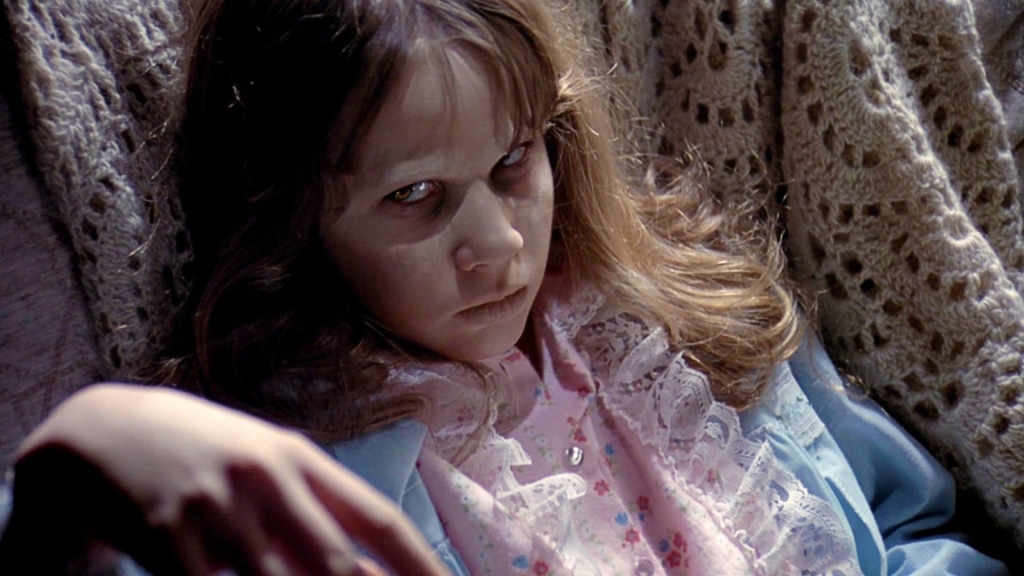
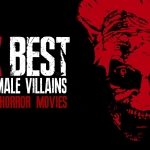
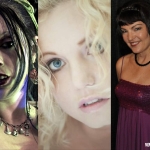











Follow Us!